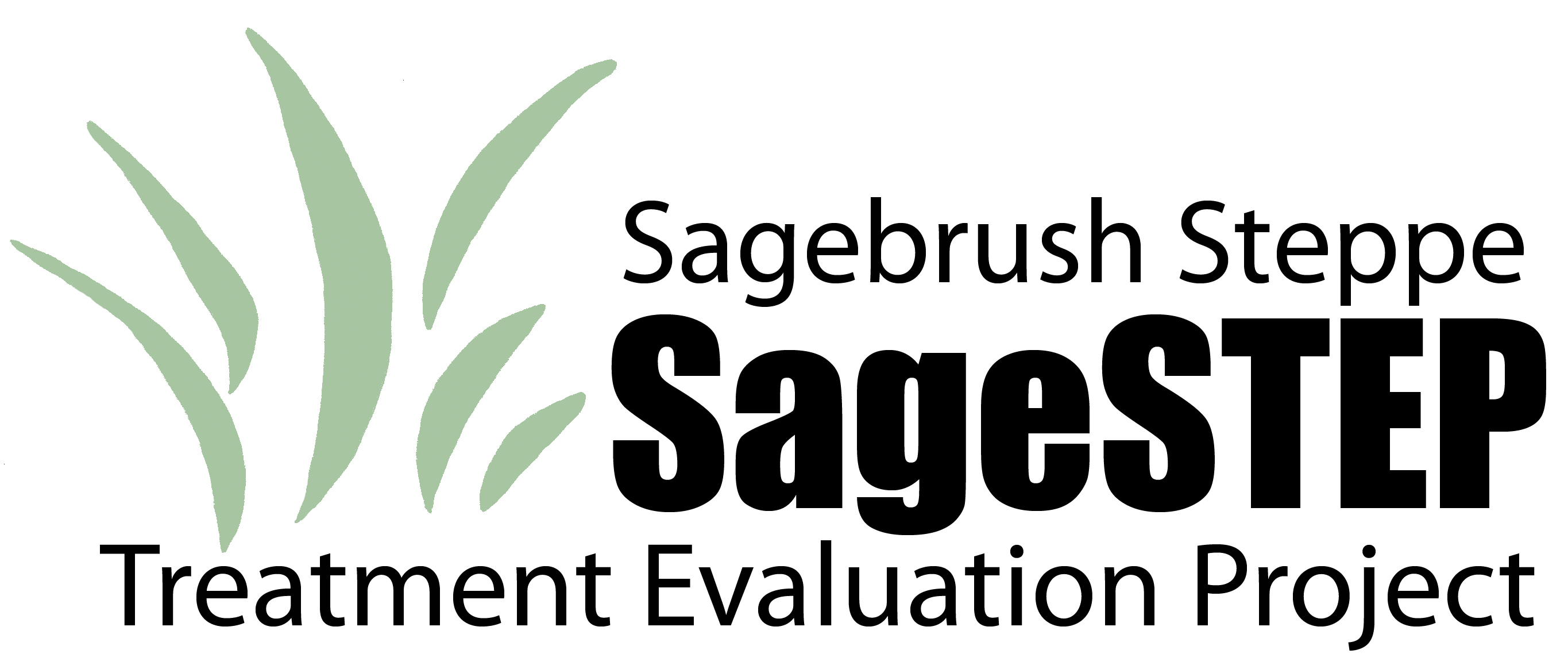Drivers of Plant Community Dynamics in Sagebrush Steppe Ecosystems: Cattle Grazing, Heat and Water Stress
Document Type
Dissertation
Degree Name
Doctor of Philosophy (PhD)
Department
Wildland Resources
First Advisor
Paul S. Doescher
Second Advisor
David A. Pye
Third Advisor
Tony Svejcar
Publication Date
10-18-2010
Abstract
Sagebrush steppe ecosystems are one of the most widespread but endangered ecosystems in North America. A diverse array of human-related stressors has gradually compromised these ecosystems’ resilience to disturbance and invasion by Bromus tectorum (cheatgrass). The role of the foundational shrub Artemisia as a driver of herbaceous community structure and dynamics during this degradation process is poorly understood. Many of the individual factors driving B. tectorum invasions are well documented. However a predictive understanding of the relative importance of complex, interacting factors in the causal network of simultaneously occurring processes determining invasibility has proven elusive.
I examined these issues at the landscape level across 75 sites capturing a range of soil and landscape properties and cattle grazing levels similar to those found across the Great Basin. Cumulative cattle herbivory stress levels were a predominant component of both the overlapping heat and water stress gradients driving the structure of Artemisia interactions with herbaceous species. Consistent with the stress gradient hypothesis, Artemisia facilitation of herbaceous species was most frequent and strongest at the highest stress levels, and competition was most frequent and strongest at the lowest stress levels. The two species with the highest competitive response abilities, Elymus elymoides and Poa secunda, showed the strongest facilitation at the upper limits of their stress tolerances. The structure of Artemisia interactions with the invasive B. tectorum was strikingly different than those with native bunchgrasses. Artemisia interactions with native bunchgrasses shifted from competition to facilitation with increasing heat, water, and herbivory stress, but its interactions remained competitive with B. tectorum along the entire stress gradient.
Shifts in the structure of interactions between Artemisia and native bunchgrasses were associated with both an increase and decrease in community compositional and functional stability. I report the first evidence of native species facilitation decreasing community invasibility. Artemisia facilitation increased native bunchgrass composition, which reduced the magnitude of B. tectorum invasion in under-shrub compared to interspace communities. This decreased invasibility did not translate into lower invasibility at the community level because of the limited spatial scale over which such facilitation occurs. Artemisia facilitation increased community compositional and functional stability at intermediate stress levels but decreased community stability at high stress levels. Facilitation became a destabilizing force when native bunchgrass species became “obligate” beneficiaries, i.e. strongly dependent on Artemisia facilitation for their continued persistence in the community.
Structural equation modeling assessed the structure of the causal network and relative importance of factors and processes predicted to drive community invasibility. The linchpin of ecosystem invasibility was the size of and connectivity between basal gaps in perennial vegetation, driven by shifts in the structure and spatial aggregation of the native bunchgrass community. Landscape orientation and soil physical properties determined inherent risk to invasion. Resident bunchgrass and biological soil crust communities provided biotic resistance to invasion by reducing the size of and connectivity between basal gaps and thereby limiting available resources and reducing safe sites for B. tectorum establishment. High levels of cattle grazing reduced ecosystem resilience by reducing native bunchgrass and biological soil crust abundance and altering bunchgrass community composition and facilitated B. tectorum invasion.
Conserving and restoring resilience and resistance of these imperiled ecosystems will require reducing cumulative stress levels. As global climate change increases heat and water stress, reducing cumulative cattle grazing intensities by altering utilization rates and/or seasons of use may be the only effective means of accomplishing these goals.
Recommended Citation
Reisner, Michael D., "Drivers of Plant Community Dynamics in Sagebrush Steppe Ecosystems: Cattle Grazing, Heat and Water Stress" (2010). Theses and Dissertations. 8.
https://digitalcommons.usu.edu/sagestep_etd/8
Copyright for this work is retained by the student. If you have any questions regarding the inclusion of this work in the Digital Commons, please email us at .



